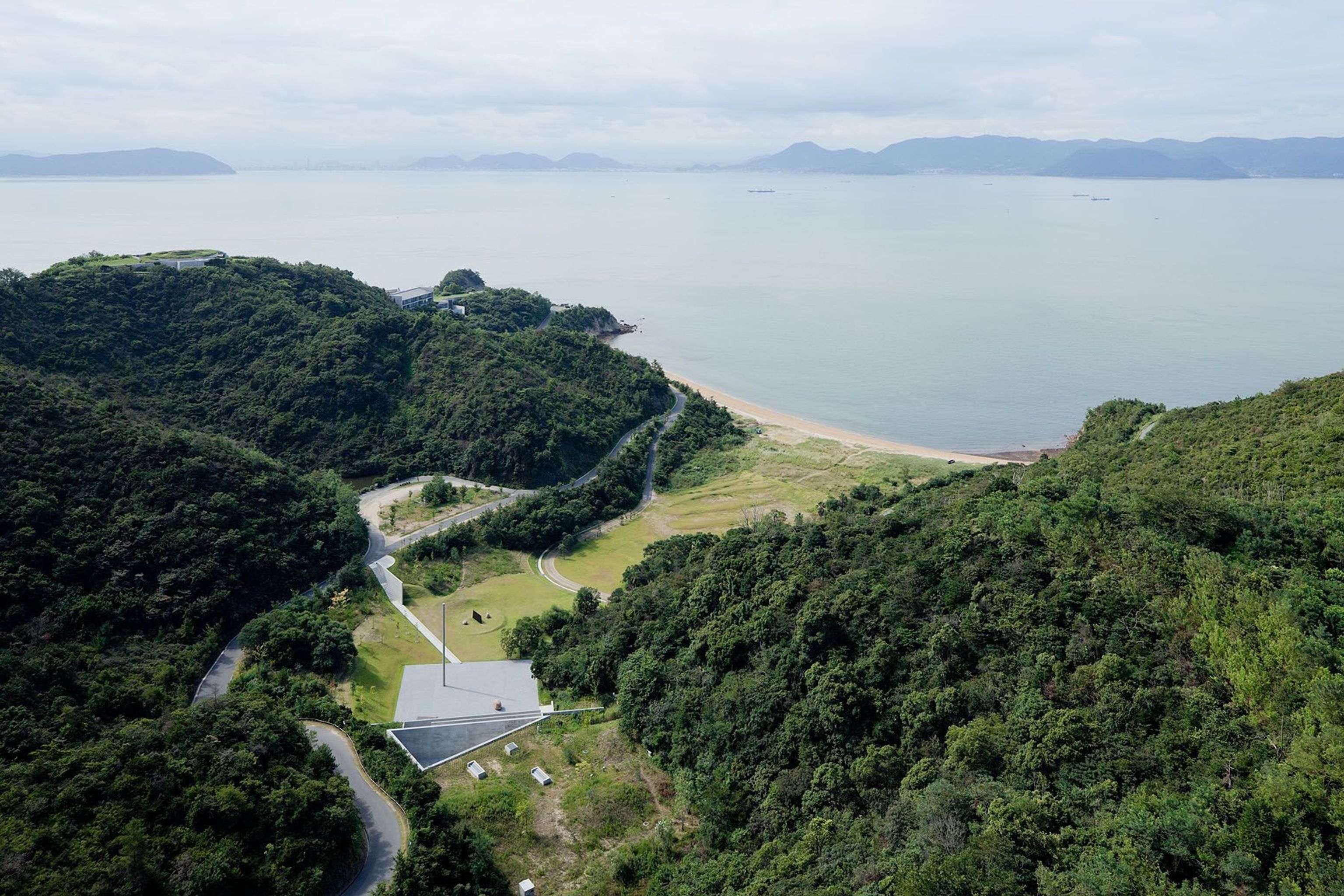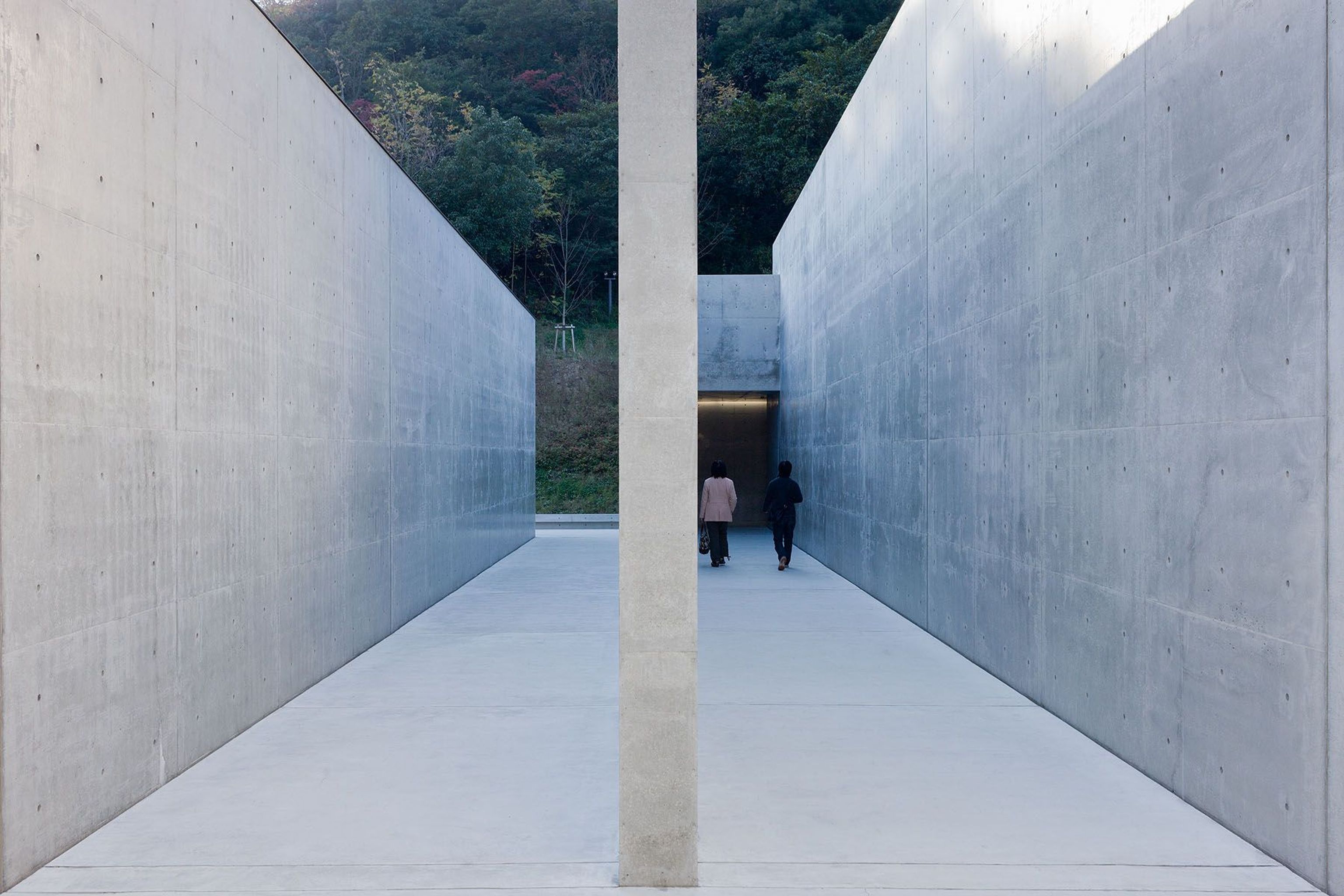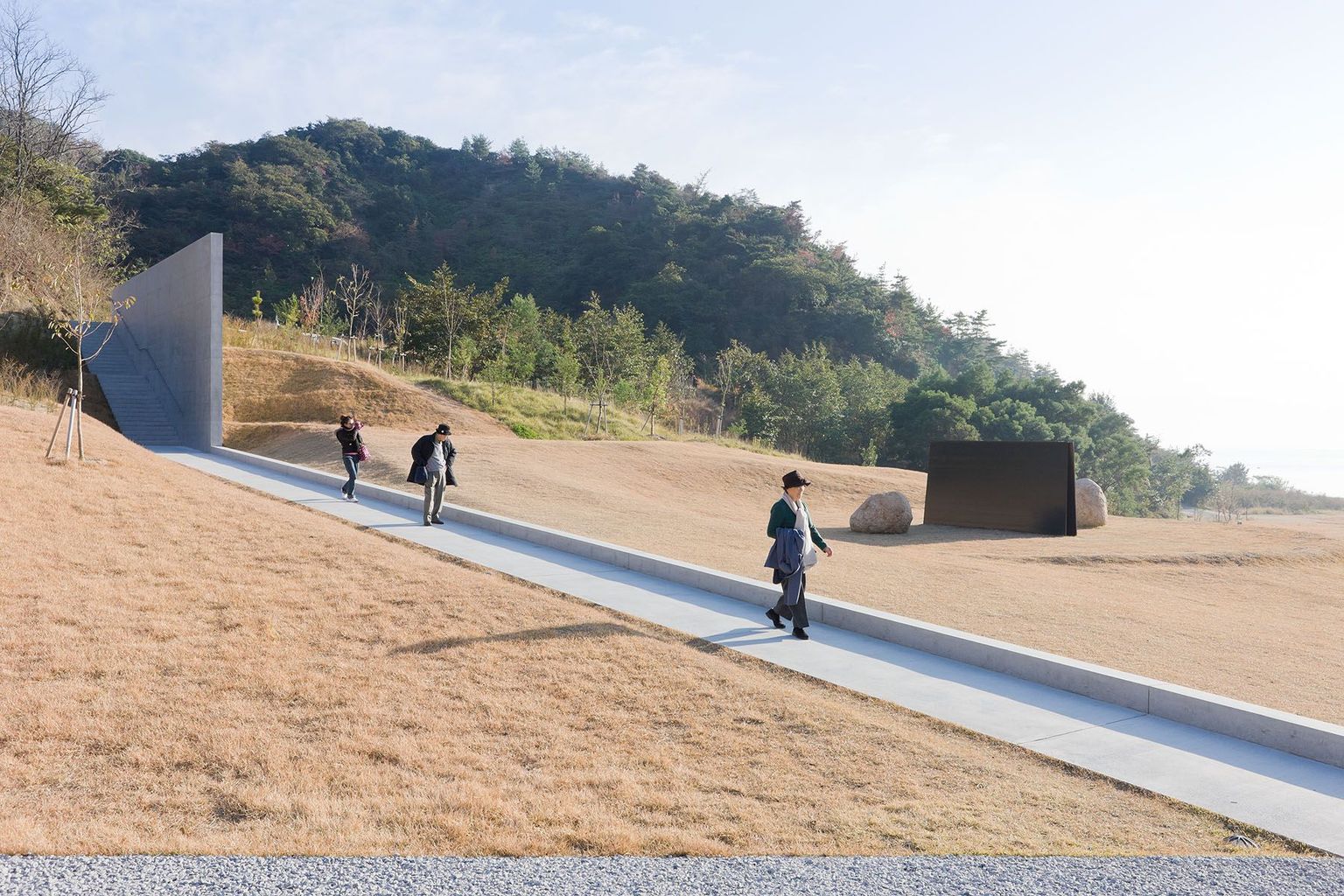
Tadao Ando
The Art Island - Naoshima
- ArchitectTadao Ando
- ArtistLee Ufan
- Photographer Dan Preston and Seiichi Osawa
ANDREA LARSSON Visiting Japan for the first time was a journey full of unforgettable impressions, but my trip to Naoshima, the Art Island, stood out as something truly extraordinary. Walking through the island felt like stepping into a dialogue between art, architecture, and nature...

Reflections Copenhagen´s perspective on The Art Island - Naoshima
Visiting Japan for the first time was a journey full of unforgettable impressions, but my trip to Naoshima, the Art Island, stood out as something truly extraordinary. Walking through the island felt like stepping into a dialogue between art, architecture, and nature.
One of the most striking places I visited was the Lee Ufan Museum, a space that felt both calm and monumental at the same time. It was here that I really discovered the work of Tadao Ando, the celebrated Japanese architect. His use of raw concrete, natural light, and pure geometric lines creates buildings that are not only visually powerful but also deeply meditative. On Naoshima, his architecture doesn’t overpower the island - it blends into it, framing art and landscape in a way that makes you pause and reflect. It felt less like visiting a museum and more like being part of a carefully composed work of art.
The Soul of the Island: Art, Architecture & Mono-ha
Naoshima is not just an island - it’s a carefully orchestrated dialogue between space, silence, and the elemental forces of nature. At the heart of this vision is the Benesse Art Site Naoshima, a long-term project initiated by the Benesse Corporation and architect Tetsuhiko Fukutake, designed to bring contemporary art into harmony with the rhythms of daily life and the local community. Art isn’t confined to galleries - it’s found in abandoned houses turned into installations, in narrow alleyways of fishing villages, and along coastal paths where sculptures appear like natural extensions of the landscape.
The Lee Ufan Museum, a collaboration between the artist and Tadao Ando, is a core part of this vision. Lee Ufan, a central figure in the Mono-ha (School of Things) movement of the 1970s, believed in the power of raw materials and spatial tension - letting stone, steel, and emptiness speak louder than human intervention. The museum’s design mirrors this philosophy: a series of minimalist volumes partially buried into the hillside, where light and shadow choreograph your movement, and where silence feels just as much a medium as steel or stone.

Tadao Ando’s Architecture: A Poetics of Light and Concrete
Across Naoshima, Tadao Ando’s architecture acts as both frame and filter. His signature use of smooth, exposed concrete, natural light, and monastic geometries creates spaces that slow you down. The buildings are not landmarks that dominate the island - they are almost subterranean, respectful, and meditative. The Chichu Art Museum, for instance, is built entirely underground, allowing natural light to illuminate works by James Turrell, Walter De Maria, and Claude Monet, creating an almost sacred experience.
Walking through an Ando building here is like entering a kind of ritual: long corridors, sudden openings, and perfectly placed sightlines that offer fleeting views of the sea, sky, or sculpture. Every element - even absence - feels intentional. This architectural approach doesn’t just house art; it becomes art.
Iconic Works and the Living Landscape
No visit to Naoshima is complete without encountering Yayoi Kusama’s Yellow Pumpkin, perched at the end of a quiet pier, gazing eternally out at the Seto Inland Sea. Its playful form has become a symbol of the island, but it’s not alone. Naoshima is dotted with outdoor sculptures and unexpected interventions - from Niki de Saint Phalle’s vibrant works to Hiroshi Sugimoto’s Glass Tea House, each engaging the environment in different ways.
There are also entire buildings transformed into site-specific installations through the Art House Project - where old homes, a temple, and even a dentist’s office have become canvases for artists. These works embody the island’s ethos: not to extract or dominate, but to integrate, reflect, and endure.











